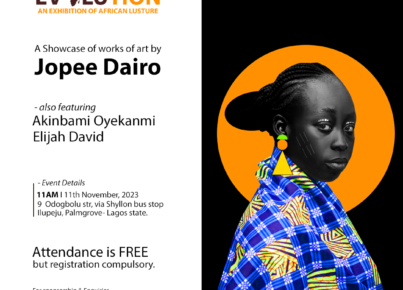Aso-oke is the traditional wear of the Yoruba’s (the tribe of the southwest people in Nigeria, Africa). The Yoruba’s are the second largest tribe in Nigeria after the Northerners. Aso-Oke is a cloth that is worn on special occasions by the Yoruba’s usually for chieftaincy, festivals, engagement, naming ceremony and other important events.
It is said that “the beauty of Aso-Oke comes out more when it is taken as Aso-Ebi (group of people e.g. friends, families e.t.c)”, however Bellafricana is prepared to show the beauty of Aso-Oke in interior decorations, fashion, shoes, bags and many more.
Cloth weaving (Aso-Oke) started centuries ago amongst the Yoruba’s but predominantly amongst the Iseyin’s (Oyo-State), Ede (Osun State) and Okene (Kogi State) and some areas in Ghana. The fibres used for weaving are either locally sourced or brought from neighbouring states (northern parts of the country).
PREPARATION AND MAKING OF ASO-OKE
The primary raw materials for Aso –Oke making are majorly cotton and dye. The dyes, silk and fibres used in making different types of Aso-Oke are either locally sourced or brought from Hausa, at times imported from Tunisia, Italy and France.
PLANTING OF COTTONS: The cotton is used in making the threads used in weaving Aso-Oke and it is mostly planted during the rainy season between the month of June and July. However the cottons would be ready for harvesting between November and February of the following year. Most cases after harvesting the cottons are kept in the bar for spinning.
Some weaving instruments and equipment are shown below (Culled from www.iseyin.com);
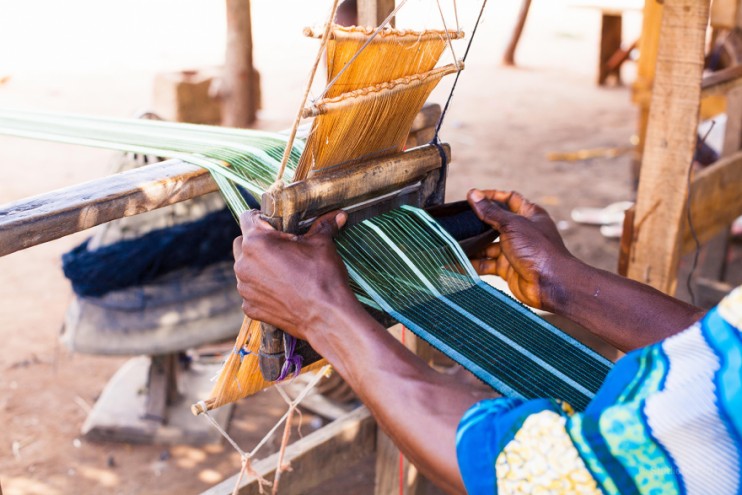
SPINNING:
This is the process of separating the cotton seed from the wool. And in doing this a bow-like instrument called “Orun” in Yoruba language (Spindler). The weaver spread the wool and rolls it on the loom (the loom is a handmade wood used in weaving; this loom is usually made by local carpenters). The Spindler would be turned, and while it is being turned, it will start rotating thereby thinning the cotton. This is done on a continuos basis till all the wool has been spinned.
SORTING:
Cotton behaves like magnates thus easily attracting dirt; therefore the dirt’s has to be separated from the wool in order to make the wool fit for use. This process is known as sorting and there are machines for these purposes but in the absence of non, it can be sorted out manually. This is very tedious and time consuming.
PATTERNING:
This is the process where designs and patterns are made on the Aso-Oke while the cloth is being woven. The material used in cloth patterning includes the following:
- Akata (propeller)
- Iye (long wheel)
- Akawo (shortwheel)
- Gowu and kikgun (rollers)
- Aasa (strikers)
- Omu (extender) this is used in holding the reels
- Sanrin (metallic peg)
During patterning, the cotton reels are hanged upon the hangers on the sets of the metallic pegs on the ground. The reason for this is to make the cotton into bundles.
WEAVING:
After the above has been put in place, the actual weaving starts. The rolled cotton will be neatly inserted into the striker through the extenders. The weaver will tie Iro (filler) on his seat. There are to or more holes on the staff in which a small peg is tagged. On the upper hand of the Omu (Extenders), there is Okeke (Wheel or Axle) for pulling the Omu up and down.
There are two step pedals under the extenders (Omu) which the weaver presses down interchangeably during weaving. The pedal when pressed enables the cotton to open and the Reeler put through to one side while the Striker knocks the reel to and fro to another side. This Striker allows the reel to be finely set interchangeably.
The weaver handles the Oko (Motor) throws it inside the open cotton to be received by his other hand, movement of the Motor continues and faster as if the weaver is not touching it at all. The reel inside the motor will start giving a peculiar sound.
Sakala – si – sakala – sa
Sakala – si – sakala – sa
As the weaver continues this way, the cloth is weaved and gradually extends forward. The weaver uses the drawer to pull the cloth towards himself and the carrier obeys the force and moves towards him while weaving continues. Aso-Oke is indeed a beautiful sight to behold and that’s why it is such a wonder how, as cottons in few minutes become Aso-Oke., however the clothes goes by different names depending on the type, texture and quality.
Aso-Oke is originally made of three types;
- Etu is a deep blue, almost black, indigo dyed cloth often with very thin light blue stripes. Etu means ‘guinea fowl’, and the cloth is said to resemble the bird’s plumage.
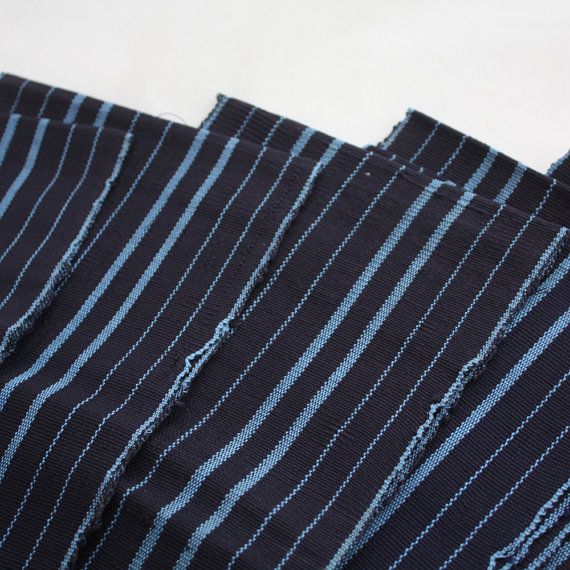
- Sanyan is woven from the beige silk obtained locally from the cocoons of the Anaphe moth, forming a pale brown/beige cloth.

- Alaari is woven from magenta waste silk.

ASO-OKE can be used for different purposes as shown below;
Aso-oke for Throw cushions

Aso-oke for Gele and Fila

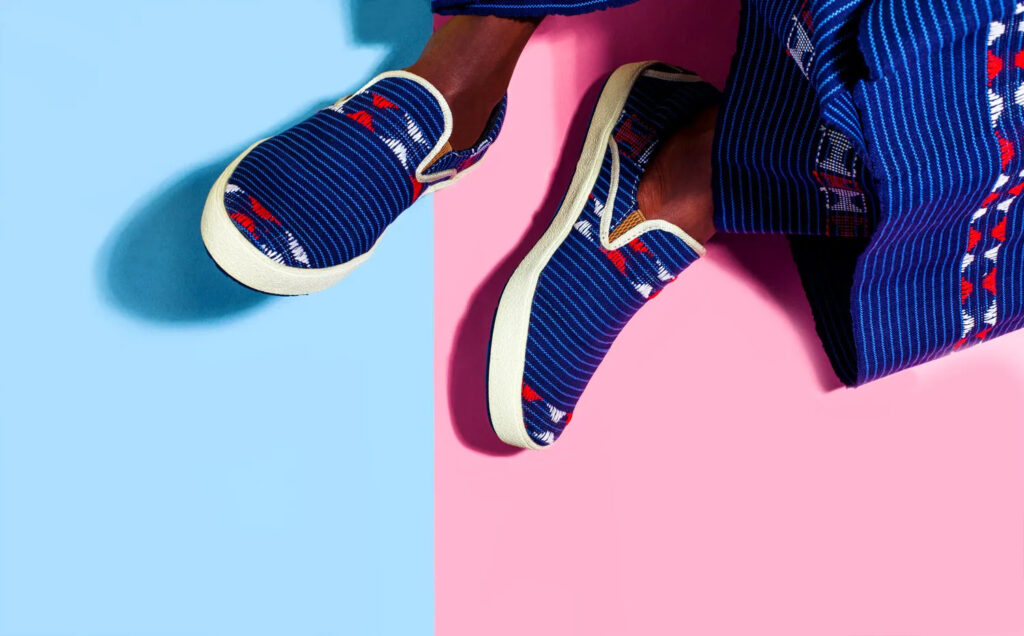
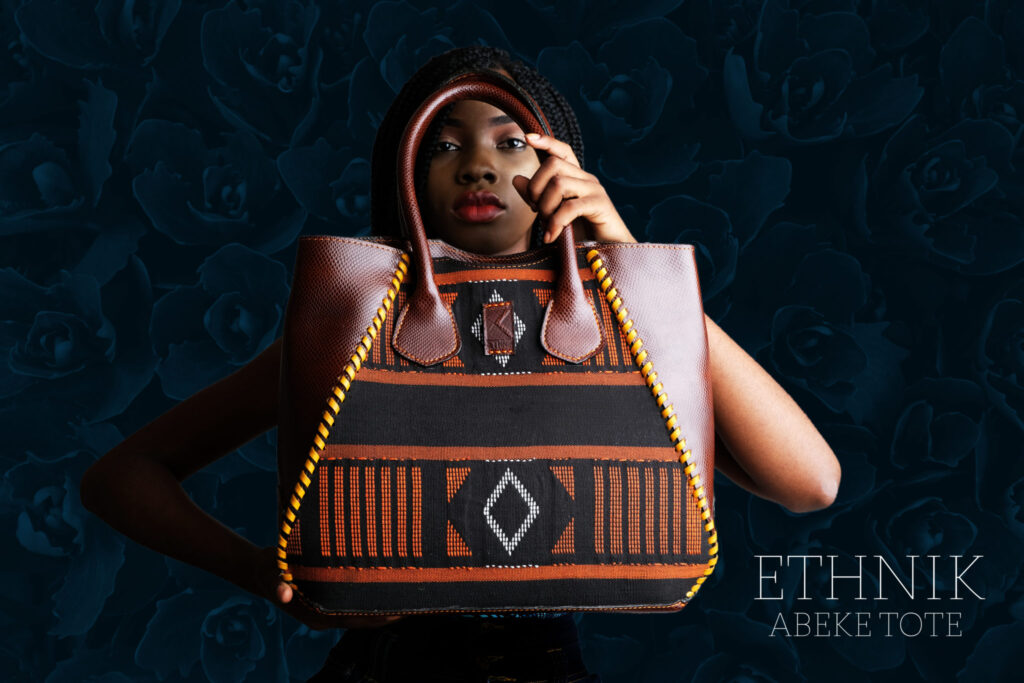
Chairs made with Aso-oke by Taeillo
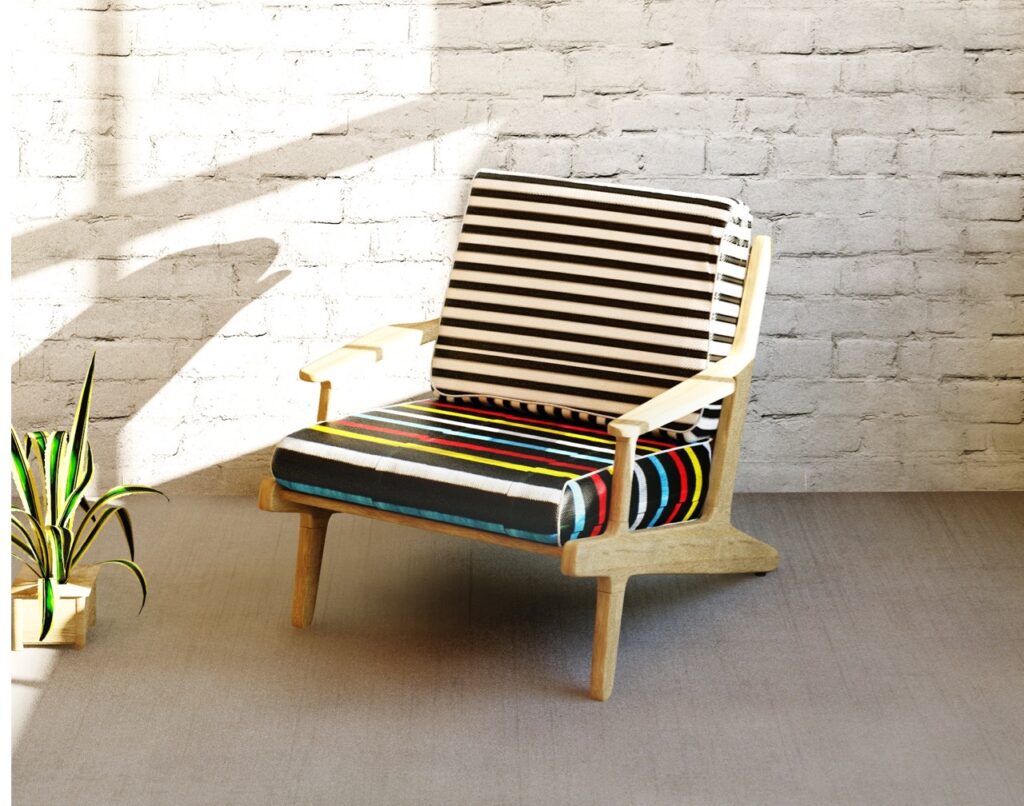
For more real time updates about bellafricana, follow us on Instagram:@bell_africana, Facebook: bellafricana, Twitter: bellafricana

